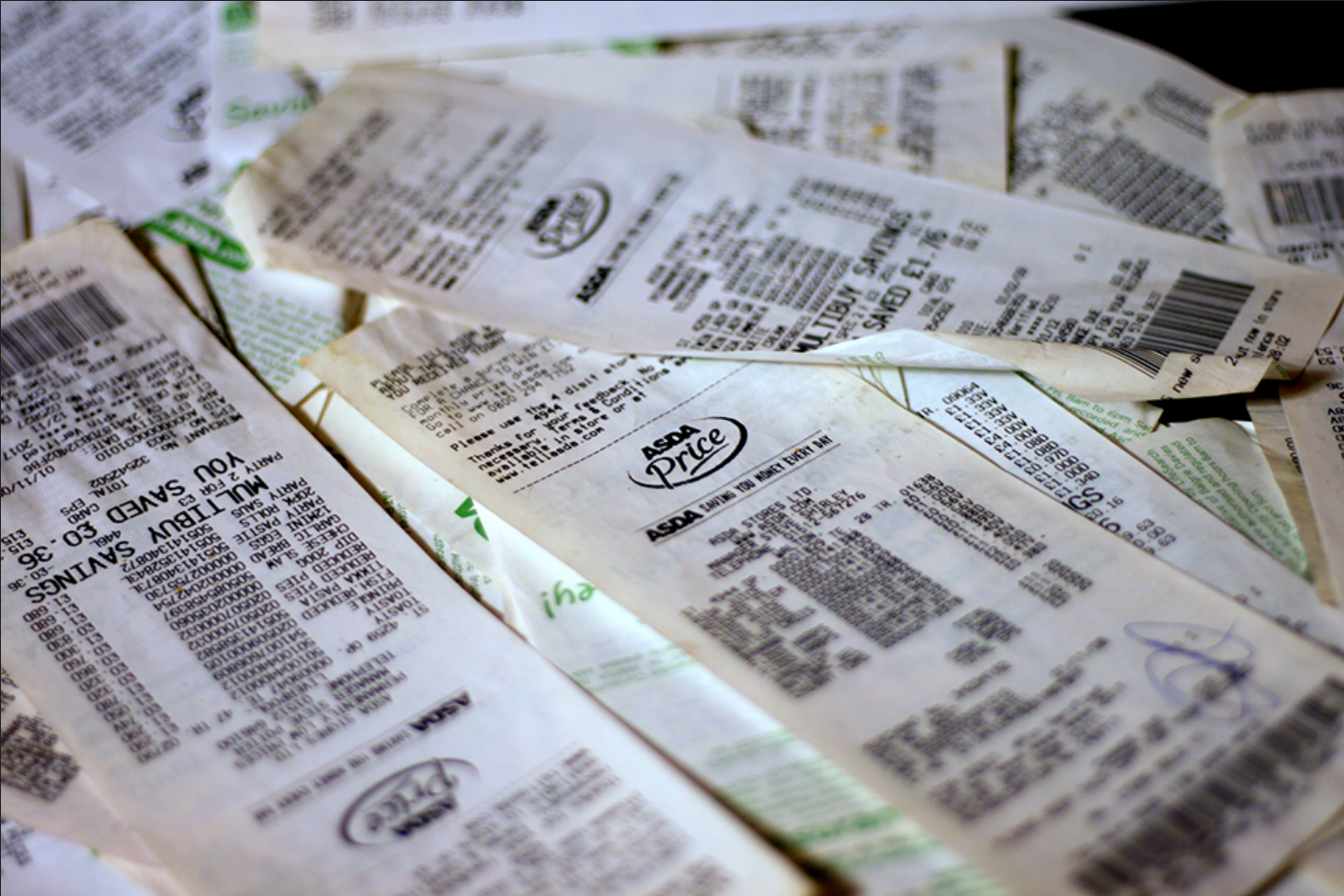Module 12: The Chi-Square Distribution (Chapter 11)
Section outline
-
 Have you ever wondered if lottery numbers were evenly distributed or if some numbers occurred with a greater frequency? How about if the types of movies people preferred were different across different age groups? What about if a coffee machine was dispensing approximately the same amount of coffee each time? You could answer these questions by conducting a hypothesis test.
Have you ever wondered if lottery numbers were evenly distributed or if some numbers occurred with a greater frequency? How about if the types of movies people preferred were different across different age groups? What about if a coffee machine was dispensing approximately the same amount of coffee each time? You could answer these questions by conducting a hypothesis test.You will now study a new distribution, one that is used to determine the answers to such questions. This distribution is called the chi-square distribution.
In this chapter, you will learn the three major applications of the chi-square distribution:
- the goodness-of-fit test, which determines if data fit a particular distribution, such as in the lottery example
- the test of independence, which determines if events are independent, such as in the movie example
- the test of a single variance, which tests variability, such as in the coffee example
Image Caption: The chi-square distribution can be used to find relationships between two things, like grocery prices at different stores. (credit: Pete/flickr)(Content & Image Source: Chapter 11 Introduction, Introductory Statistics, Barbara Illowsky and Susan Dean, OpenStax, CC BY 4.0 License)
Upon completion of this module, you will be able to:11.1 Facts About the Chi-Square Distribution- define Chi-Square Distribution, and apply the concept to problem solving
11.2 Goodness-of-Fit Test- calculate and interpret the Chi-Square Goodness-of-Fit test
11.3 Test of Independence- calculate the test of independence and determines whether two factors are independent or not
11.4 Test for Homogeneity- calculate the test statistic for a test for homogeneity
- test for homogeneity, and draw a conclusion about whether two populations have the same distribution
11.5 Comparison of the Chi-Square Tests- make comparison of the Chi-Square Tests
11.6 Test of a Single Variance- calculate the test of a single variance
To achieve these objectives:- Read the Module 12 Introduction (see above).
- Read Sections 11.1 - 11.6 of Chapter 11: The Chi-Square Distribution in Introductory Statistics (links to each Section provided below)
- Complete the MyOpenMath Homework Assignments for the topics in the Chapter (links provided below) - These are graded!
- View the Chapter 11 Review (link provided below)
- Practice the problems in the Chapter 11 Homework, checking the solutions provided (links to each provided below)
- Submit the Chapter 11 Project I: Chi-Square Goodness-of-Fit or the Chapter 11 Project II: Chi-Square Test of Independence (links to project and submission link provided below)
- Complete the MyOpenMath Quiz for Chapter 11 (link provided below) - This is graded!
- Once you complete the Quiz, upload your work in the Quiz Work Upload Assignment using the submission link below.
- Post in the Chapter 11 Q&A Discussion Forum - link provided below.
Note the check boxes to the right that help you track your progress: some are automatic, and some are manual.
Module Pressbooks Resources and Activities
You will find the following resources and activities in this module at the Pressbooks website. Click on the links below to access or complete each item.
Background Colour
Font Face
Font Kerning
Font Size
Image Visibility
Letter Spacing
Line Height
Link Highlight
Text Colour
